

Hi Ronald - I'm no expert on ornamental objects and I wouldn't be able to give you a guide on value. But if you would like to send on a few photos I would be happy to take a look and do my best on stone type for you .
Written by Jane Chadwick on Aug 08, 2022 | 2 Comments
Onyx and its sister mineral agate, are some of the oldest gemstones ever to be used in jewellery. Beads made from these stones have been found in the Indus valley dating to 5,000 years ago. Prized throughout history by ancient Egyptians, Greeks, Sasanians and Romans, these versatile and durable stones remain a popular choice for jewellery to this day.
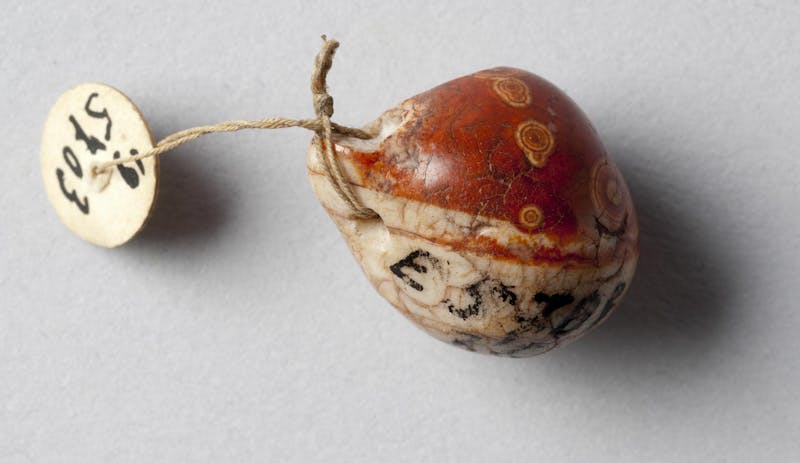
If you are thinking of adding a piece of onyx or agate jewellery to your collection, you may be interested to find out more before purchasing. Below is our guide to onyx and agate, where you will learn:
Onyx and agate are both varieties of chalcedony, formed from tiny crystals of silica dioxide in the form of the hardwearing mineral quartz and the recently discovered, moganite.
Despite being essentially chemically identical, both agate and onyx come in a rainbow of colours arranged in characteristic layers. The only real difference between agate and onyx is how these layers are arranged. In agate, the bands or layers are typically curved.
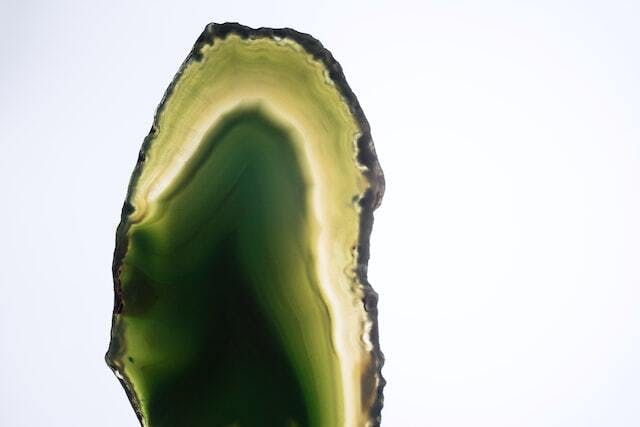
While in onyx, any bands present are linear, arranged in parallel bands of alternating colour of variable thickness. Popular forms of onyx, particularly for jewellery, includes reddish, brown and cream sardonyx, one of the birthstones for August babies.

Black onyx with thin bands of alternating black and white are also highly prized and expertly worked since the time of the ancient Romans. But entirely black onyx with little white is exceedingly rare in nature. Black onyx used in jewellery today is typically treated to ramp up rich deep back shades.

Onyx and agate hold the title for some of the oldest recorded use of gemstones in jewellery with beads of 5000 years old discovered in the Indus valley. But their hardness and durability also made onyx and agate a go to choice for ancient tools across the globe, including those associated with leather- working, mortars and pestles, arrow tips, as well as for ceremonial objects like knives and figures.
Onyx and agate were also often used to make seal impressions as hot wax does not stick to its cool polished surface.
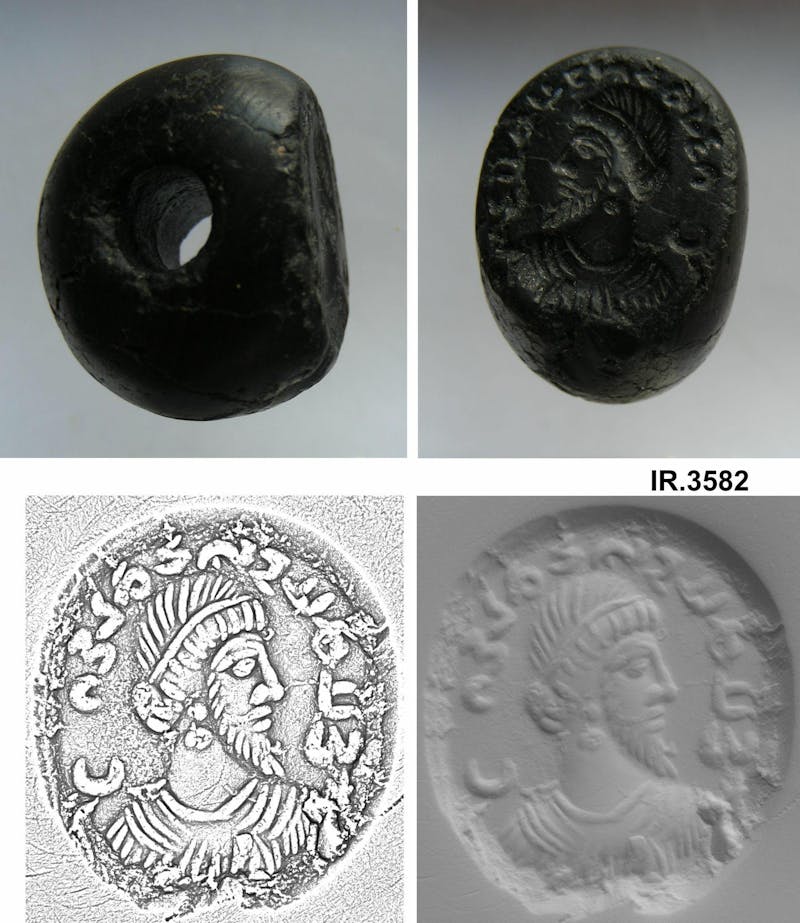
With the advance of gem cutting tools and techniques, agate and in particular onyx was used for producing intricate cameos and their inverse, intaglios. With their natural layered structure, ancient engravers could manipulate these alternating colours to create reliefs that played with shadow.
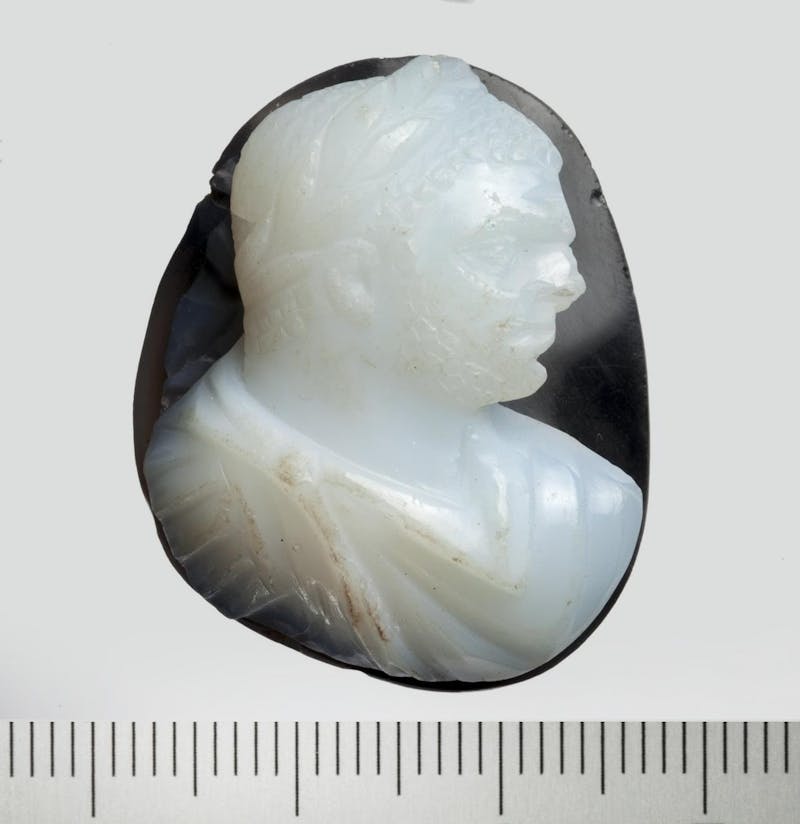
Both stones also hold ancient symbolism. The ancient Romans believed onyx bestowed courage, ancient Greek sailors wore it in amulets to protect from drowning, while in Chinese culture it was considered grounding for its wearer. Renaissance Europeans wore onyx for eloquence and it was even used to give strength to expectant mothers in childbirth. This precious stone continues to be treasured today as many wearers believe it brings feelings of reassurance, courage and determination.
Agate was equally prized for its protective powers, and it was considered especially lucky. Believed to bring harmony, health, and protection, green agate continues to be worn by many today for luck and as an aide for concentration and balance between body and mind.
With a rainbow of colours available, these stones can be faceted, carved, used as inlay or made into polished cobochons. The deep colour of onyx in particular combined with the high reflectance of polished surfaces, makes them a wonderful choice for inlay, accent stones or centre stones in their own right.
Onyx and agate are relatively durable stones, especially when polished, with a Mohs rating of 7. Despite having lower hardness than precious minerals like diamond or sapphire, with no natural planes of weakness (cleavage) and a tough tenacity, they are some of the hardest wearing gemstones around and can resist most scratches, chips and even physical blows. With care, a well made piece of onyx or agate jewellery can be worn daily and passed on as a treasured family heirloom.
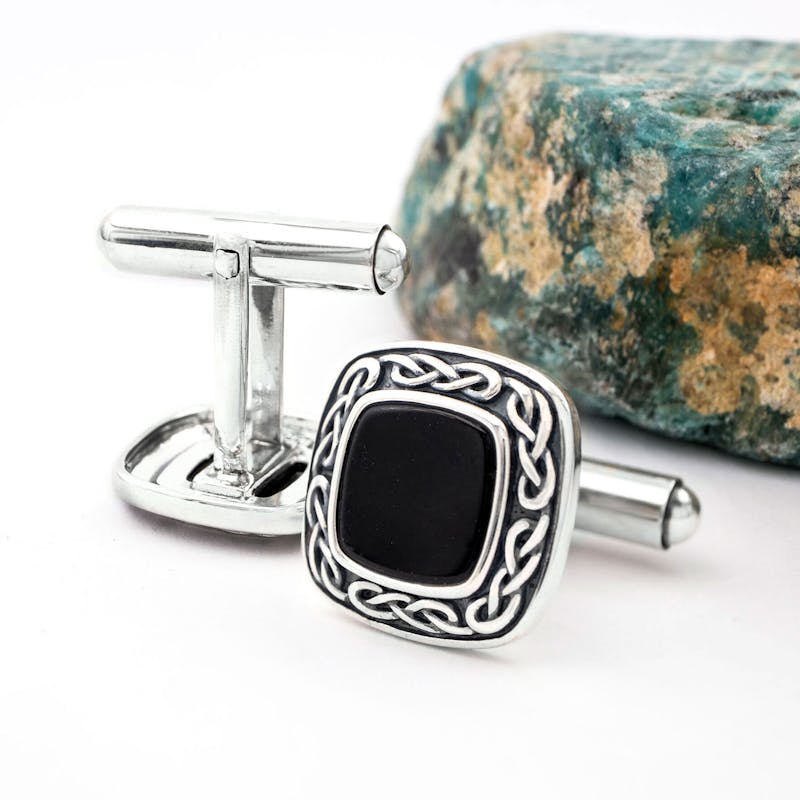
This hard wearing nature also makes them a smart choice for mens jewellery. They can stand up to wear and tear and so are perfect for jewellery like cufflinks that are typically subjected to bangs and scuffs.
If you already own a piece of lovely onyx or agate jewellery or are thinking of buying and are wondering about how to keep it looking its best, here are our jewellery care tips.
Onyx or agate stone jewellery benefits from regular care and maintenance just as with any piece of fine jewellery. You can read our general jewellery care tips here.
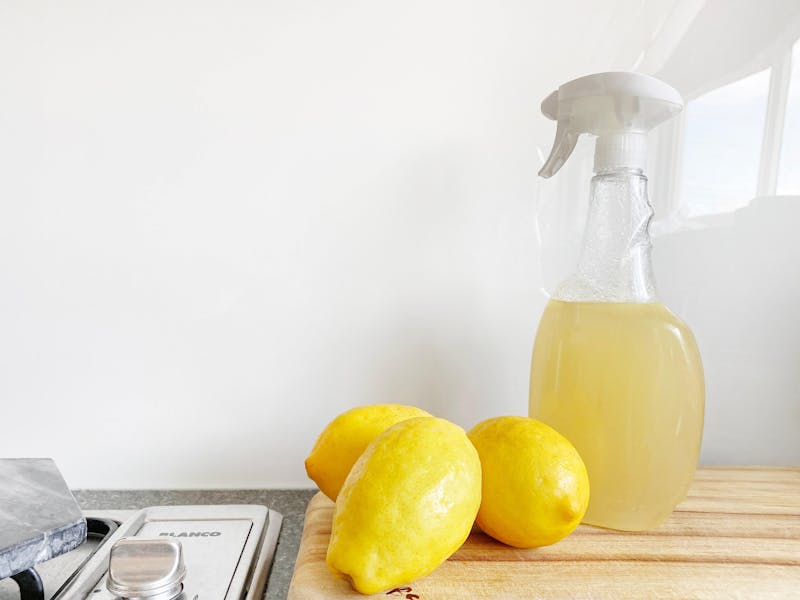
Despite impressive hardness these stones can be vulnerable to chemical damage. Their finely crystalline nature means some liquids can penetrate and potentially react so be sure to keep them away from any chemicals including: cosmetics, hair spray, perfume, and common acids like lemon juice, or vinegar. Agate and onyx can also scratch against materials like diamond or sapphire so be sure to store it safely away from other jewellery.
You are now well on your way to becoming an onyx and agate expert. We are proud to offer our customers a beautiful selection of stone set jewellery designed and made here in Ireland.
So if you are thinking that a stone set piece might be for you, have a look at our selection or get in touch by email, phone, or by booking a virtual appointment. We would be delighted to answer any questions you might have.
Have a question or something you're not entirely sure about when browsing our pieces? Please reach out. You can send us a note or give us a call—the Dublin workshop is here to make sure that you have a perfect experience from start to finish with My Irish Jeweler.
Follow us on Facebook and Instagram, to see what's new and upcoming. Join our Email list for early offers and special features.

Jane Chadwick
My Irish Jeweler
Born in Dublin but reared in Canada, as a child I had an interest in Ireland that will be familiar to many young emigrants. I was completely fascinated, wanting to know all about the land of my parents and grandparents. Rare month-long family trips back "Home" cemented my love for Ireland. And I wore my Irish heritage with pride, sporting my tiny silver Claddagh gifted to me by my Irish grandparents until my finger grew too large for it!
As a young adult I moved back to Dublin, studying Geology and Mineralogy in university at historic Trinity College Dublin. After living in Denmark and the Netherlands working as a scientist and university mineralogy lecturer, I finally settled back home in Dublin. I joined the growing family at My Irish Jeweler in 2016, bringing my useful knowledge of metals and minerals as well as my perspective as an Irish emigrant with a love for HOME.


Hi Ronald - I'm no expert on ornamental objects and I wouldn't be able to give you a guide on value. But if you would like to send on a few photos I would be happy to take a look and do my best on stone type for you .

Hi,
I was gifted a variety of prices from vases to eggs made of what I believe are marble, agate or onyx. I was hoping you could point me in the right direction or be able to identify there make or worth